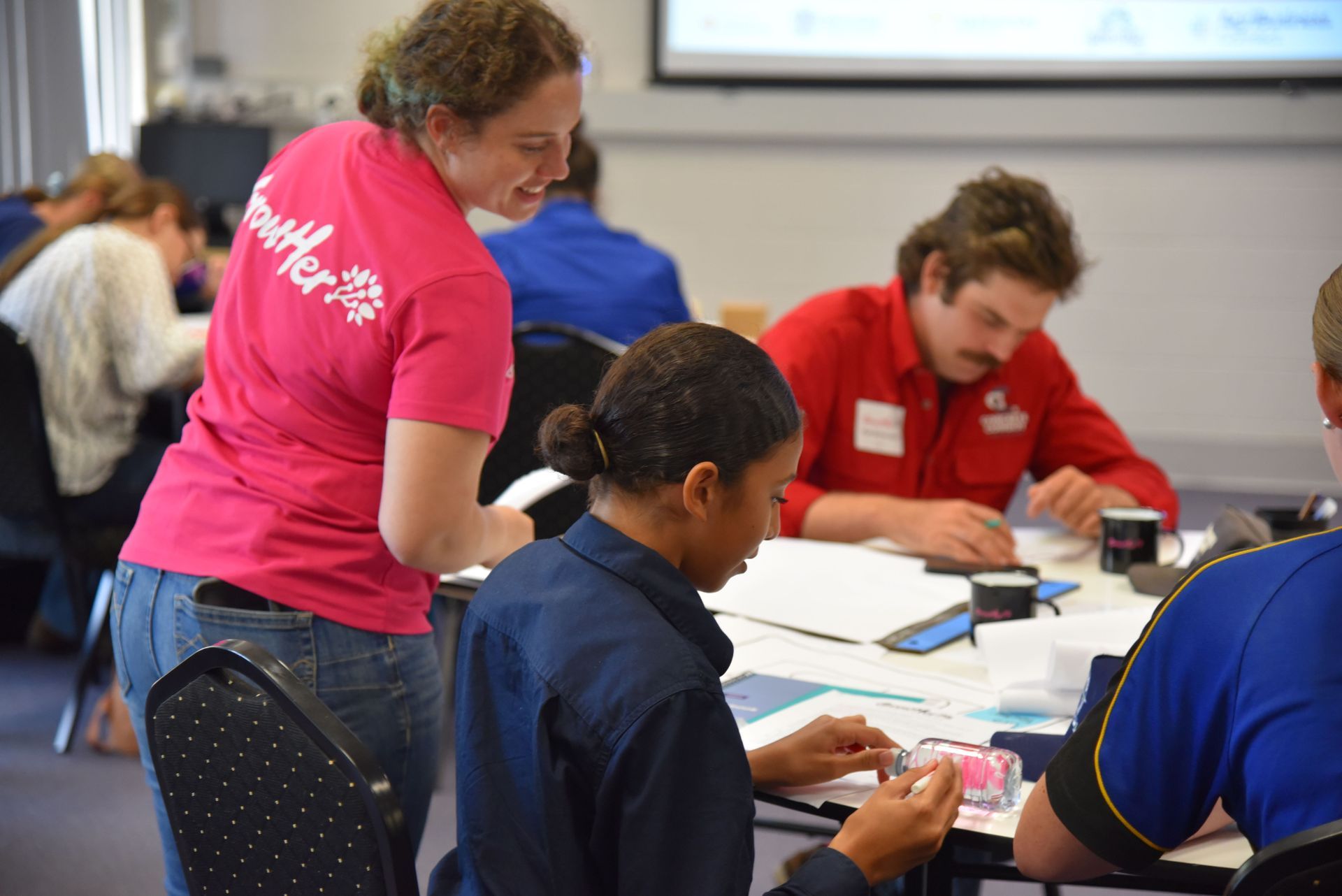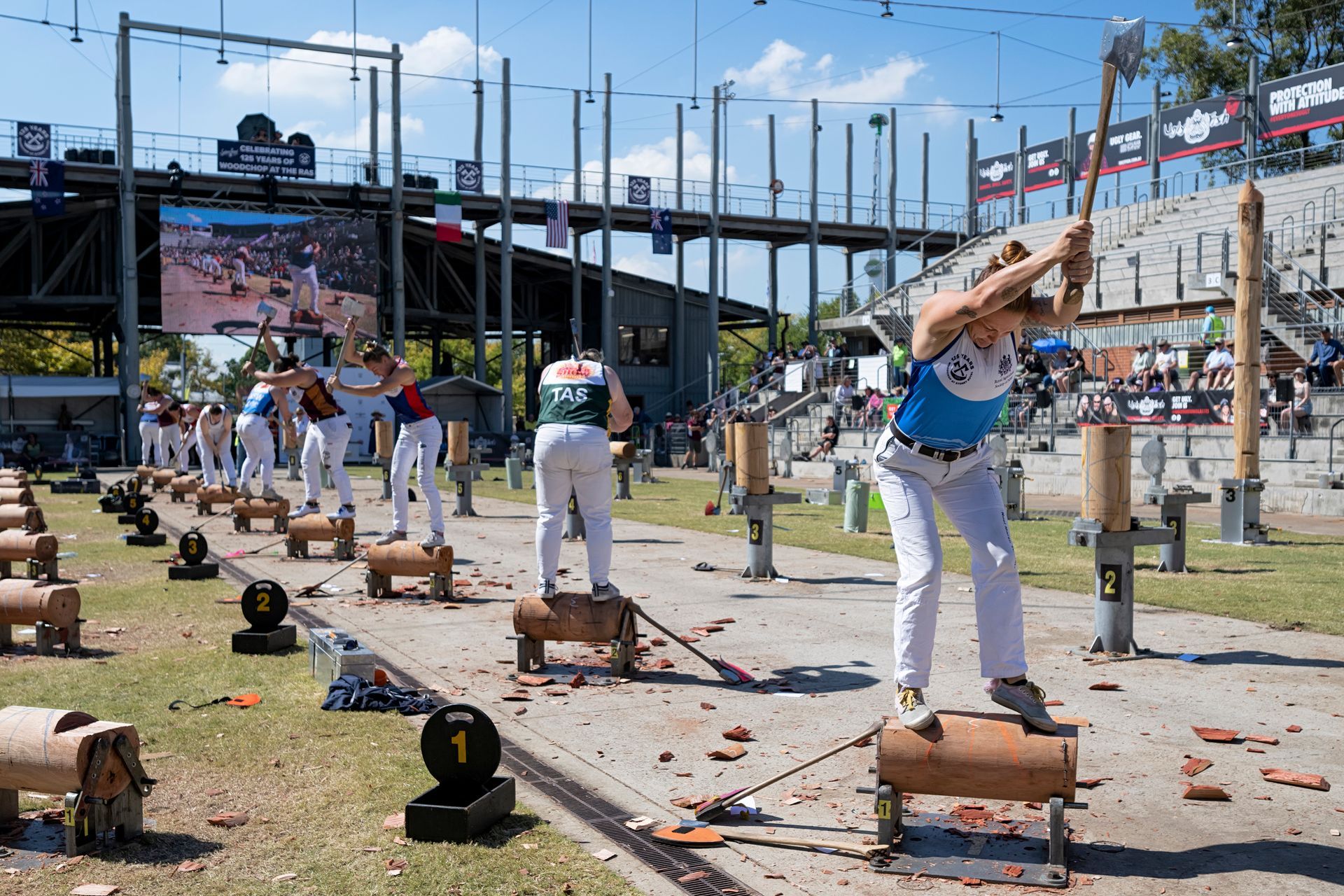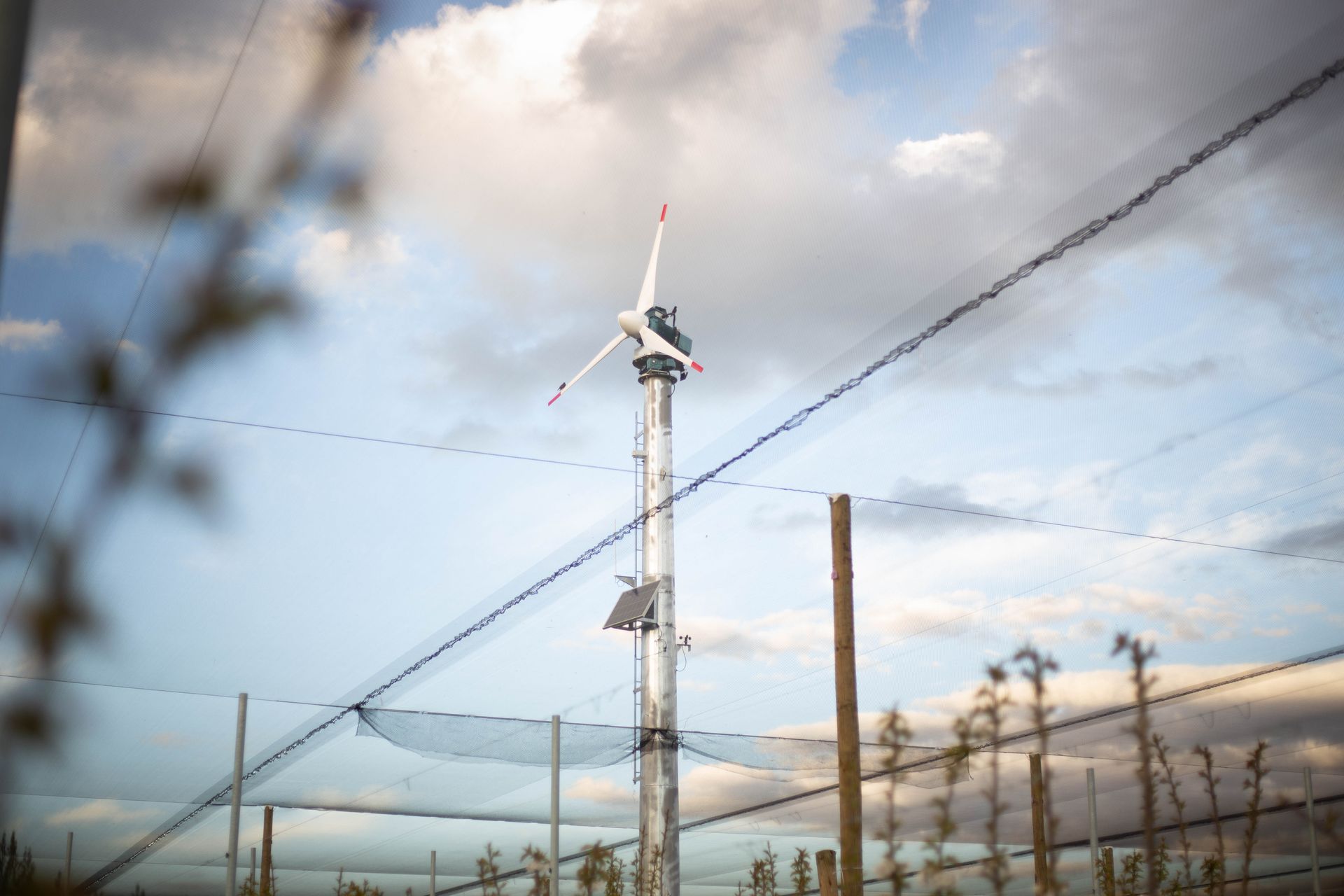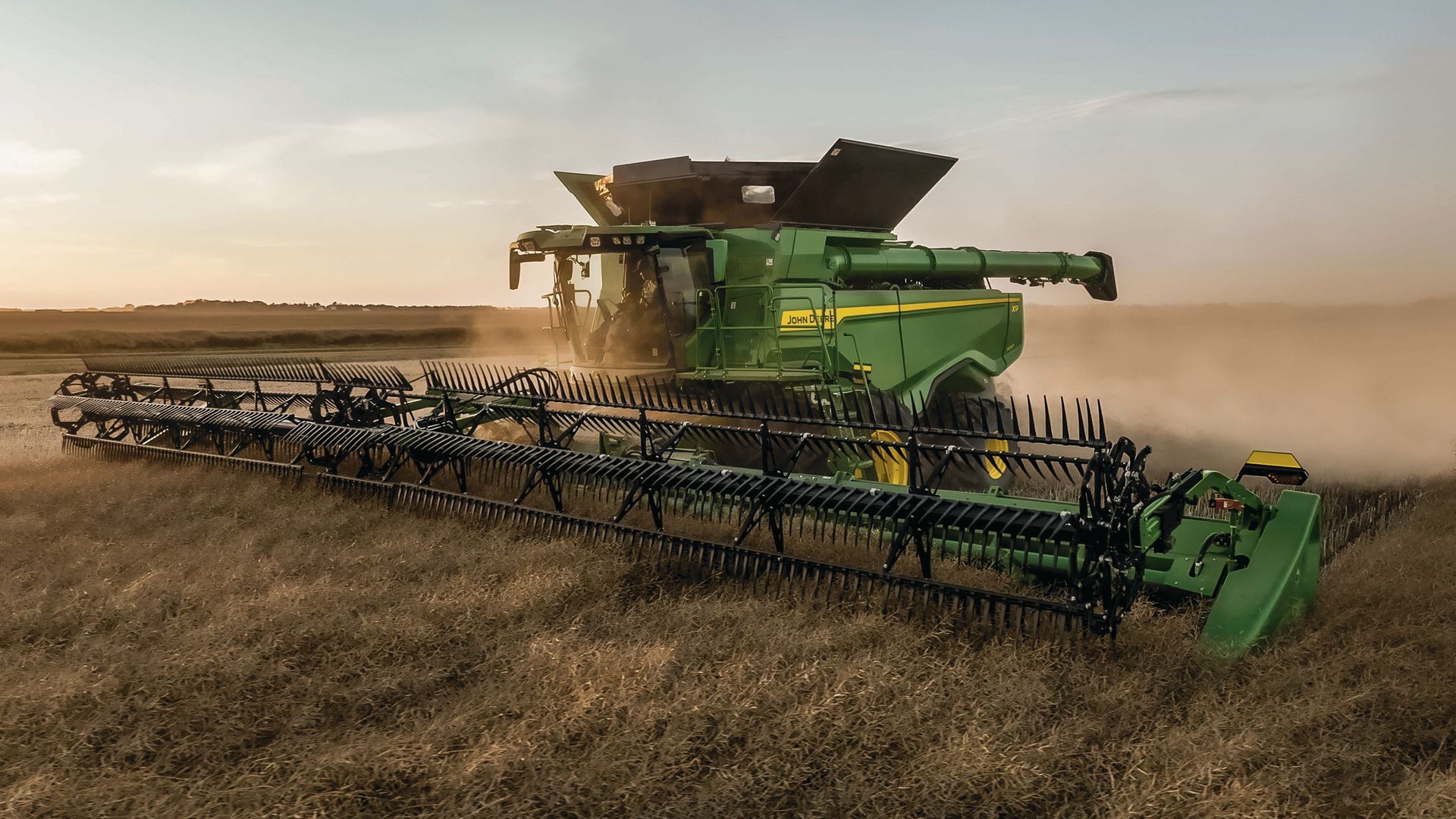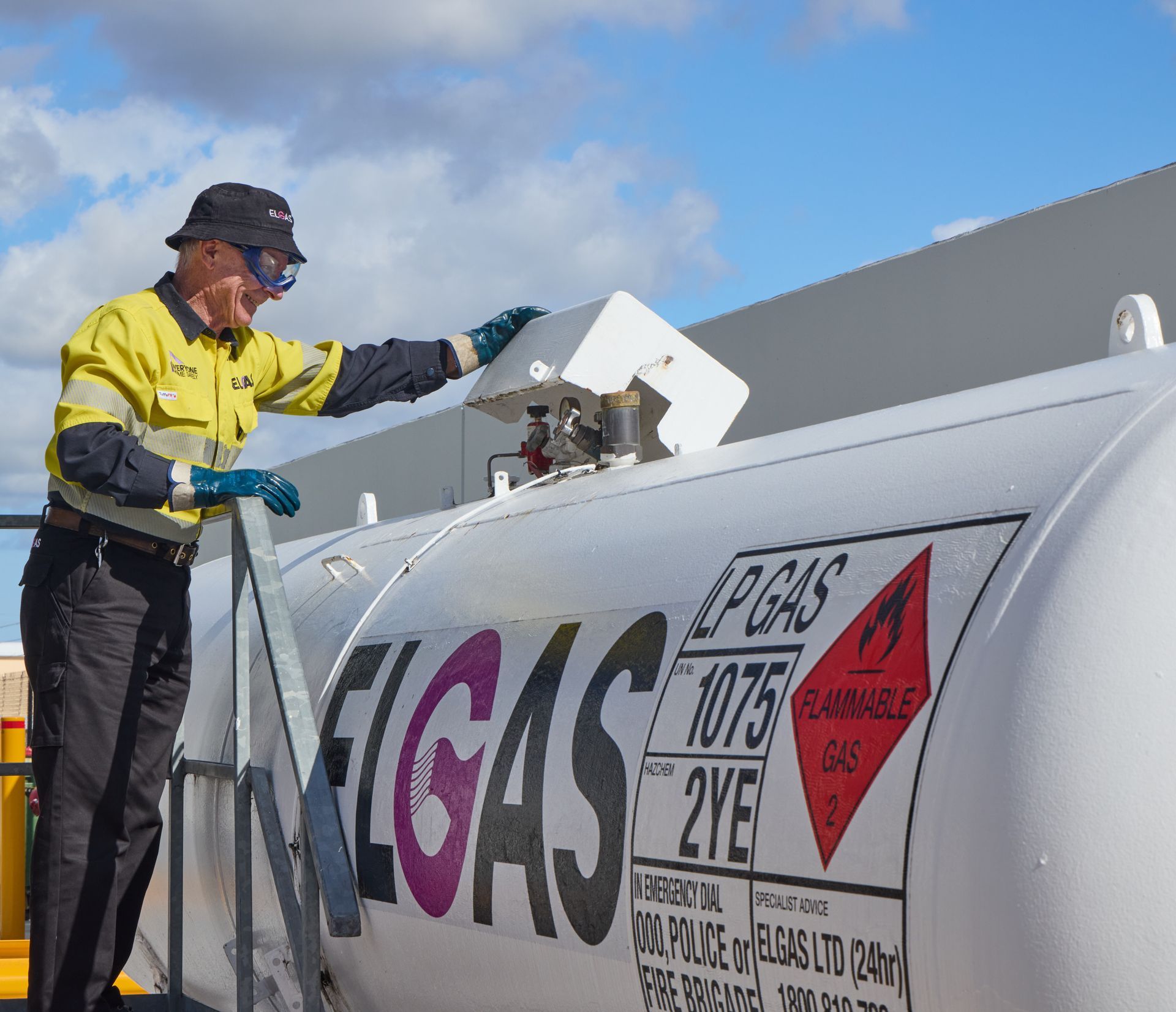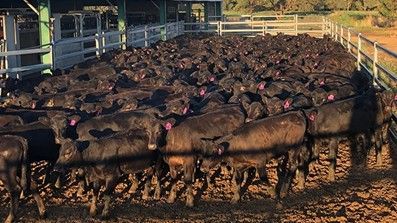Johanna Tomlinson is a farmer who, together with her husband and their team, runs a mixed farming operation with beef cattle, sheep, crop and fodder enterprises in the south coast region of Western Australian. She is also a natural resource management leader and in 2019 was awarded a Nuffield Australia Farming Scholar supported by CBH Group. Her Nuffield research took her to the Americas, Asia and Europe to understand soil health research and best management practice adoption globally. Her insights and recommendations for industry and government are captured in a major report released by Nuffield Australia, the country’s leading agricultural scholarship organization, in mid-May 2021. Johanna is Managing Director of Clear South, and in this role worked with Carbon Positive Australia to deliver CarbonCare VoicesTM. Johanna is currently Chief Operations Officer of South Coast NRM.
Carbon Farming Risk Management
A CARBONCARE™ Case Study from Rural SW Western Australia.
Re-purposed with the permission of Carbon Positive Australia. Carbon Positive Australia is a non-profit based in Perth WA that develops carbon sequestering native restoration projects across Australia.
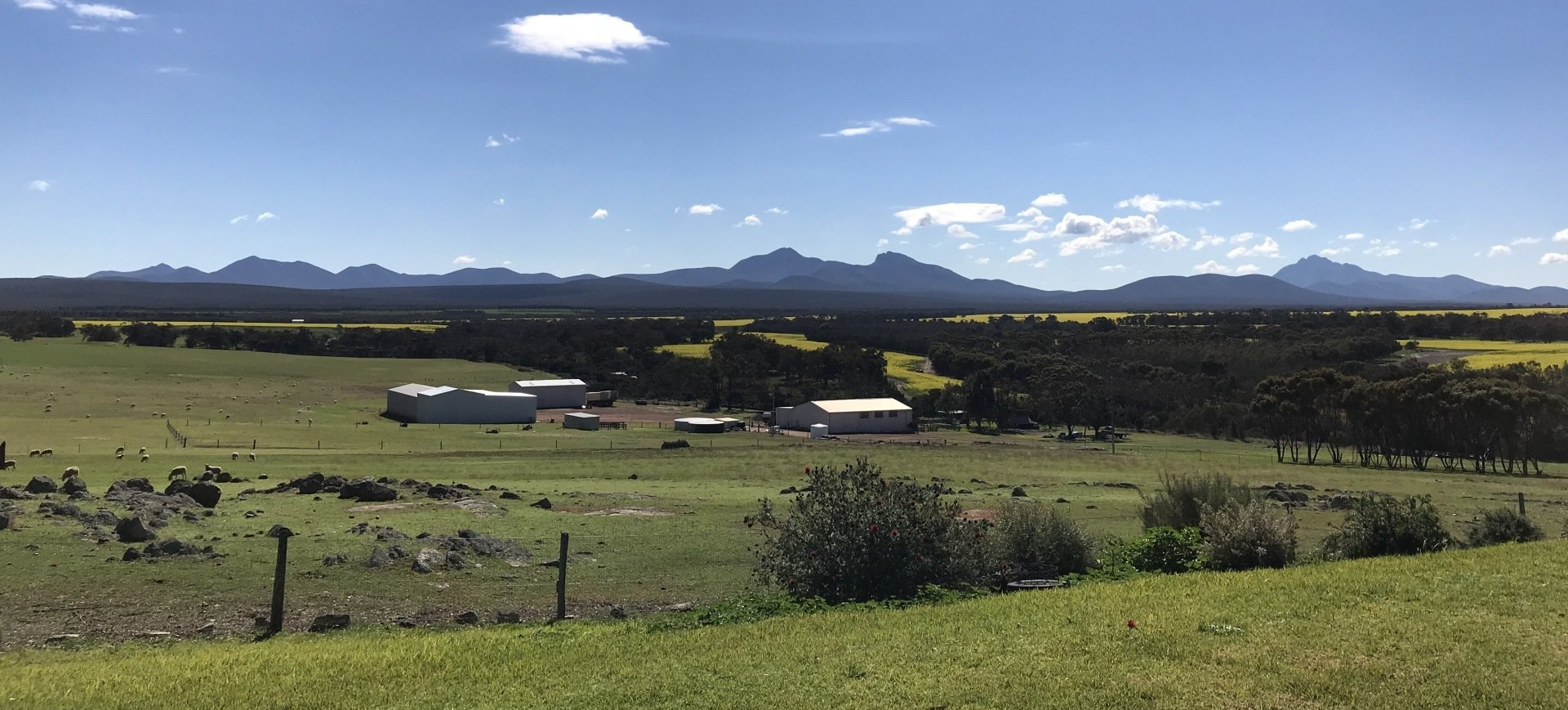
The 100-plus year old Yallara Pastoral Co. in SW Western Australia
Supported by Lotterywest, the lotteries commission of WA, CarbonCareTM is a five-year research project which seeks to increase community understanding of carbon farming. The project consists of three major components: (1) CarbonCare Voices: A research study of carbon market stakeholders; (2) CarbonCare Co-Benefits: A valuation study at a Northern Agricultural Wheatbelt site; and (3) The establishment of demonstration carbon planting sites. Below are findings of a Case Study from (1): “Adams Family’s Yallara Pastoral Co., Woogenellup, WA”.
Mark and Heather Adams farm 6,910ha on Minang Country at Woogenellup, Western Australia. Theirs is a mixed farming enterprise, but they focus on crop — generally barley, wheat and canola. The whole Adams family lives and breathes agriculture. Heather and Mark have always been involved in WA Farmers Federation, as well as local and regional landcare projects. They were instrumental in developing Stirlings to Coast Farmers, which supports members with agricultural research-based outcomes that are relevant to the local area. Not only that, their daughter, Kimberley was awarded top honour at the Young Professionals in Agriculture Forum in 2014. She undertook her research on the family farm. Her Dad was very supportive — as far as he’s concerned, “change, innovation and young people are so important for the future of agriculture”. In short, they are innovative and progressive farmers. Another thing about the Adamses is that past experiences have made them wary of the zero-carbon movement and what it means for farmers on the ground.
“Carbon farming is the process of changing agricultural practices or land use to increase the amount of carbon stored in the soil and vegetation (sequestration) and to reduce greenhouse gas emissions from livestock, soil or vegetation (avoidance).” Ref: WA Department of Primary Industries and Regional
THE NUTS AND BOLTS
- Previous experiences with agroforestry projects have left Heather and Mark feeling battered and a bit cautious when it comes to large-scale planting projects for carbon farming.
- The Adamses do see there may be opportunity for carbon farming in the future, however, carbon calculation and a return on investment and effort is required.
THE OPTIMISM OF YOUTH
Yallara Pastoral Company has been a no-till operation since the mid-1980s. Heather and Mark have several other ‘Green’ feathers in their cap as well. They manage their cropping to minimise stubble burning (which is the practice of intentionally setting fire to the straw stubble that remains after grains have been harvested), they use a strip and disc system to reduce fuel use, they undertake soil testing to keep a lid on fertilisation and herbicide costs and use a seed destructor to help fight herbicide resistance. But the fact is, while they see benefits of biodiverse plantings on degraded or unused parts of their farm, they are not planning to get on board with carbon farming at the moment.
The current reluctance to get on board with carbon farming stems from their own previous experiences. Heather and Mark have literally planted tens of thousands of trees on their property over the years for different reasons. Agroforestry projects where they have planted trees for alternative revenue sources include:
- Pines: Over 130 Hectares of pines in partnership with the Forest Products Commission, but the project was mismanaged and left them with a caveat on their land, and
- Saw logs: They started a 40-year project in saw log plantations, but Federal Government support for the project was withdrawn, leaving the family to manage the project themselves.
CLIMATE CHANGE CHALLENGE
Heather and Mark agree that the climate is changing. In fact, their son-law, Nathan, has recently entered and analysed the past 50 years of rainfall data. The evidence showed a declining trend — and Heather agrees that this is a challenge for farmers. Heather is keen to do what they can on the farm to mitigate the effects and impacts of climate change, but she just wants support, from the Government and the agricultural industry, to ensure that carbon planting projects have the greatest possible chances of success. And for Heather, that means deep research into which native species, on which types of land, and with what kinds of maintenance, will result in a favourable result for everyone — including the grower’s bank balance. For her, carbon planting isn’t something you do to feel good. A solid return on investment and assurance that it will be effective is what the Adamses are looking for. After two challenging planting projects where involvement with third parties has been troublesome and the success of the plantings have been compromised (through no fault of their own), Heather subscribes to the old adage: Do it once, do it right.
“Under the Carbon Farming Futures program, which began in 2012 and ran through to June 2017, the Australian Government invested more than $139 million in 200 projects, involving 350 organisations with more than 530 farm trial sites.” Ref: Department of Agriculture, Water and the Environment.
MOVING FORWARD WITH CARBON FARMING
Currently, Mark and Heather can’t see the benefits of carbon farming, but they both agree that they will become clearer in the future. Their plan is to hold off on carbon farming until an appropriate opportunity crops up. Having said that, Heather’s already got her eye on a few key parts of the farm that could be used for future planting projects. They’re hoping to incorporate future planting into areas of the farm which currently represent challenges and are not performing from a cropping point of view, including landscapes impacted by shallow water tables. Given their past investments and involvements in Landcare and natural resource management projects, the Adamses are very familiar with the co-benefits of permanent plantings.
Their children, Heather says “might jump onto it with great enthusiasm (as we would have when we were younger) and make it work,” but Heather and Mark say there are four things that they will need to see before they add carbon farming to the farm plan.
- Carbon market: A carbon price and a carbon credits scheme that is equitable to all parties would go a long way to convincing Heather and Mark to do carbon farming.
- Tried and true methodology: The Adamses need research-supported data about the types of endemic species that can be most effectively used in carbon farming in Western Australia, and the best way to get it done in each region for carbon and co-benefits.
- Clear, measurable benefits: A way of calculating carbon is required and any measurement tool needs to be tested, proven and affordable. This way, farmers will have a clear idea of the costs and benefits of being involved ahead of time.
- A return on investment: When it comes to big decisions on their farm, Heather and Mark are not interested in taking risks without knowing that there be a return on their investment, and their effort.
For Heather and Mark, the bottom line is the risk; “It’s all about managing risk,” Heather says. “That’s what farming is. There’s always a challenge and we just keep going”. The family has spent years working to support agriculture. Their wisdom, experience and open-minded approach makes them an important voice in the on-going discussion around carbon farming in Western Australia.
“While we continue to make advances in understanding and measuring soil carbon, ultimately it is farmers who need to know that building soil carbon is good for their farms and their businesses.” Ref: CSIRO.


